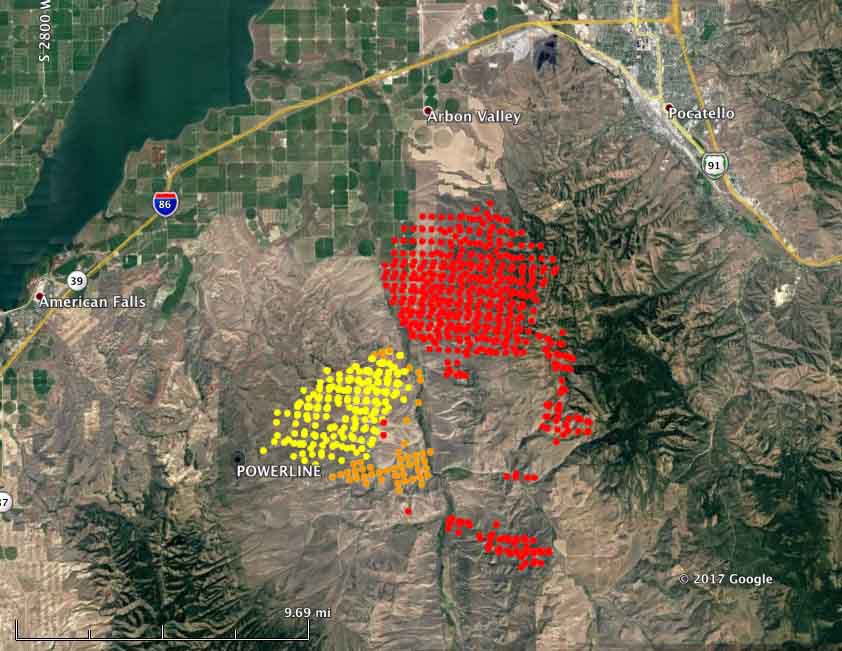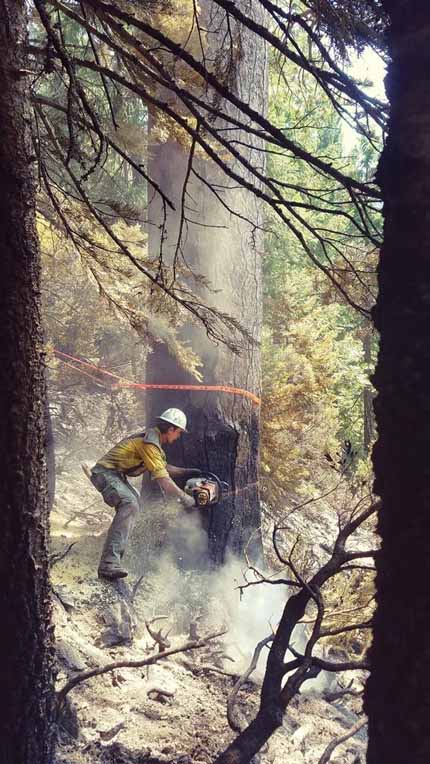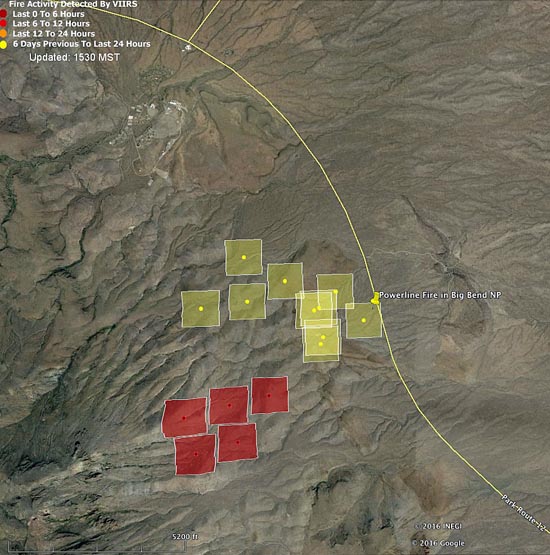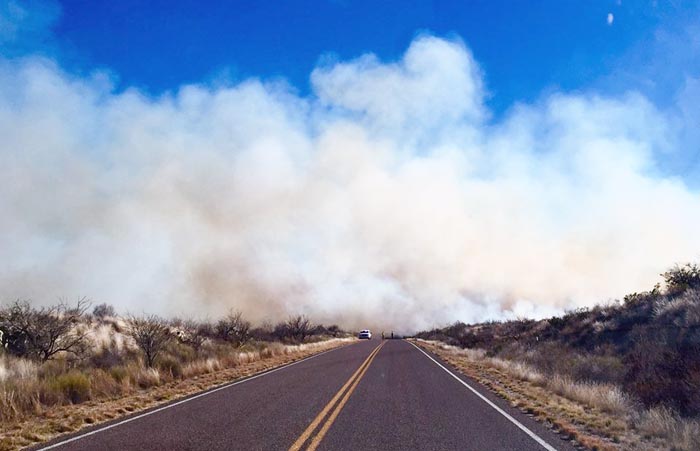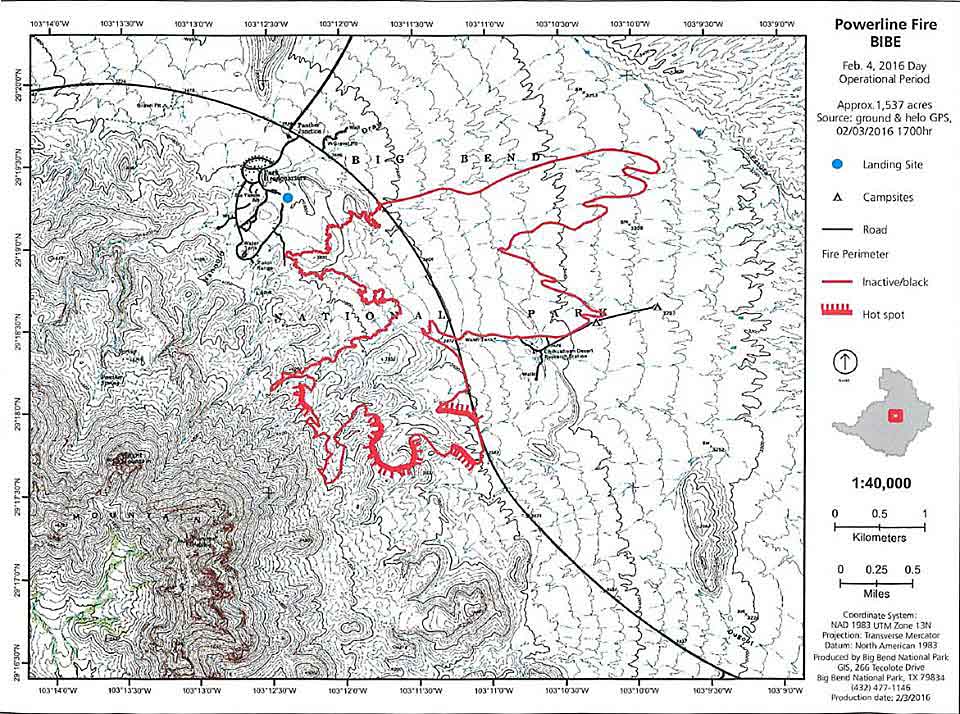Updated at 3:57 p.m. MST Nov. 17, 2021

In Colorado the local county sheriffs are given the responsibility for suppressing wildfires outside of cities. The Larimer County Sheriff’s office has not released much more information about the Kruger Rock Fire since the pilot of a single engine air tanker was killed in a crash while attempting to suppress the fire at about 6:35 p.m MST on Tuesday Nov. 16. It occurred about 1 hour and 49 minutes after sunset, and was the first time a fixed wing air tanker had dropped fire suppressant on a fire at night.
Wednesday afternoon the operator of the aircraft, CO Fire Aviation, released the name of the pilot, Marc Thor Olson.
The Sheriff’s office said Wednesday morning that there were changes in the evacuation areas, which can be seen on their map. The size of the fire was estimated to be 140 acres.
An investigation into the cause of the fire has revealed high winds blew a tree onto a power line causing it to arc and start the fire.
4:50 p.m MST Nov. 16, 2021

A new wildfire in Colorado has prompted evacuations east of Rocky Mountain National Park.
The Kruger Fire was reported at about 7 a.m. near Little Valley Road and Fish Creek Road near Kruger Rock 3 miles southeast of Estes Park and 2 miles east of Mary’s Lake. It is about 3 miles east of Rocky Mountain National Park.
At 3 p.m. fire officials estimated it had burned 115 acres. There are 150 personnel currently working the fire with more ordered.
At about 1:10 p.m. local time the Larimer County Sheriff’s Office issued a mandatory evacuation order for the area between Pole Hill Road and Panorama Peak on the east side of Highway 36. An hour earlier the office had issued a mandatory evacuation order for the area of Meadowdale, and south to the Boulder County line, to include Big Elk Meadows and Pinewood Springs west of Highway 36.
The evacuation map below is available online.

Colorado Highway 36 is closed in the area.

Strong winds in the fire area have kept firefighting aircraft grounded, except for an intelligence-collecting Multi-Mission plane flying thousands of feet over the fire. The wind direction at a weather station just west of the fire (at 7,841 feet) was quite variable Tuesday, blowing from the south, west and north at 5 to 13 mph gusting at 25 to 34 mph. At noon it was 73 degrees with 26 percent relative humidity. The forecast for the fire area calls for continued very strong winds until sundown and a chance for snow Tuesday night. It will be dry Wednesday and Thursday with high temperatures in the 30s and 40s under mostly sunny skies with the relative humidity around 20 percent. The wind chill will be below zero from Wednesday afternoon until Thursday afternoon.


